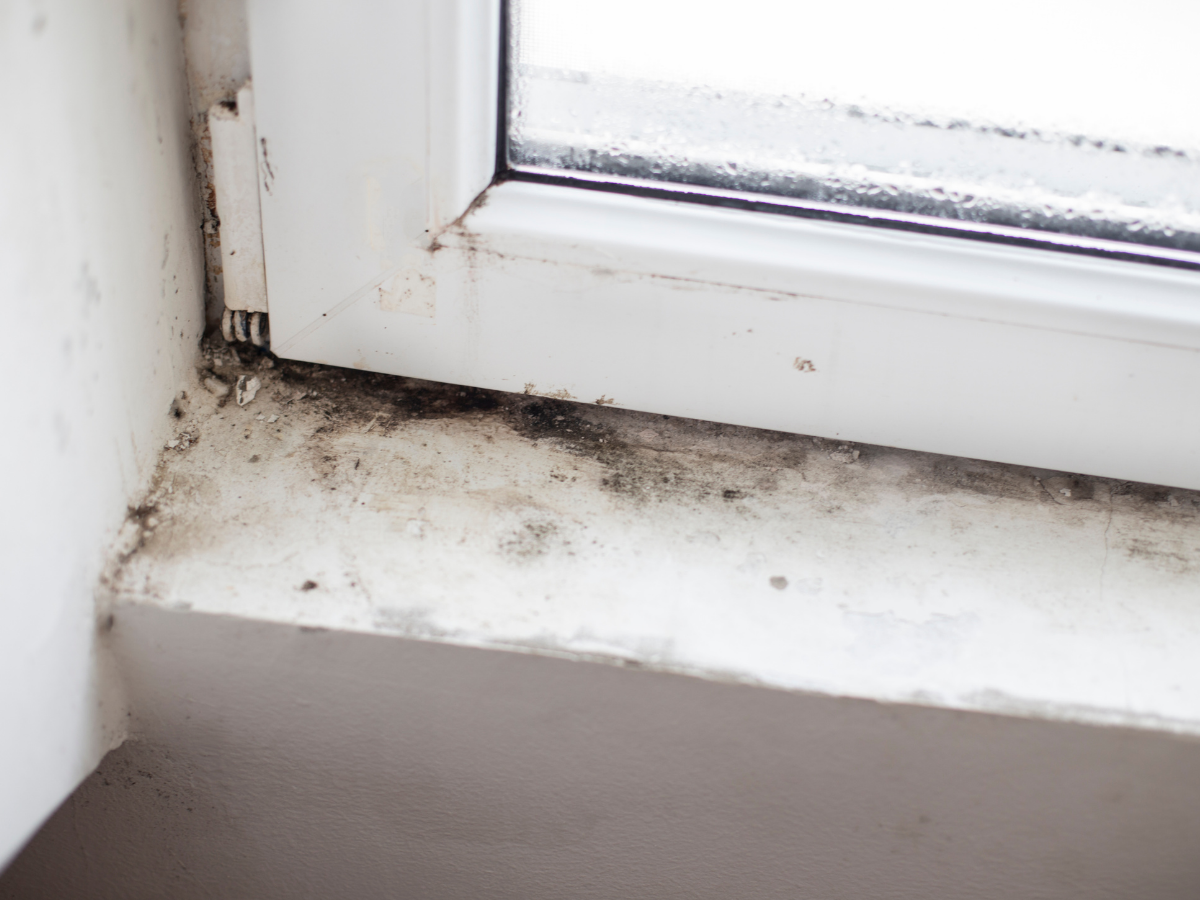A healthy home has adequate and proper ventilation. This helps remove excess moisture from indoor airways. It also regulates humidity and prevents the entry of harmful airborne contaminants.
When this is not the case, mold spores can infiltrate your home through the air and cause damage to property and adversely affect your health. Mold grows in damp, dark areas where excessive moisture is present as a result of flooding or leaks.
Signs of Poor Ventilation
Indoor air quality is important in maintaining good health and in preventing of mold growth. If your home has poor ventilation, you should notice the following signs:
1. Lingering Odors
When you have poor home ventilation, bad smells will tend to stay inside because air is not moving to eliminate them. If these odors contain smoke or any harmful chemicals and are eventually inhaled, they can result in serious health issues.
2. Discolored Pipes
Corrosion in pipes happens over time. Without good air movement, however, you’ll notice the common signs of pipe rust showing earlier than expected.
3. Condensation
This is prevalent during winter when too much moisture builds up inside the home with kivik sofa. This results in your windows and shower doors showing a frosted appearance.
4. Wrinkled Walls
High moisture levels in your indoor air will cause the walls to wrinkle. The paint will also start to peel off or show discoloration.
5. Mold Growth
Poor ventilation in the home, accompanied by high humidity, can cause molds to grow on your walls, floors, ceiling, and even on your furniture. They often come out as green or black spots and emit a strong and musty smell.
How To Prevent Mold Growth in the Home
To survive, house molds require warmth and moisture, but you can eliminate these factors by observing the following:
1. Keep a Dry Home
Regularly inspect water tanks, refrigerators, washing machines, toilets, kitchens, and other appliances and areas that are susceptible to water damage.
2. Perform Home Maintenance
Clean the gutters, repair roof leaks, and drain large puddles to remove moisture even from your brookhaven cabinet. To prevent water from settling in the surrounding areas, replace any stained windows.
3. Use Mold-resistant Products
This is especially true if you’re remodeling your home. Mold-resistant products like paint and drywall can serve as effective precautionary measures.
4. Check the HVAC System
A well-functioning air-conditioning unit will help maintain a low home humidity level. Regularly maintaining the HVAC system and replacing the filters as necessary will allow it to continue functioning properly.
Home Areas That Need Good Ventilation
As poor ventilation is directly connected to the growth of house molds, your focus should be on identifying the areas of the home where good ventilation should exist.
1. Bathroom
The bathroom contains the two important things that molds need to grow, namely, an enclosed space and unlimited moisture. You can eliminate these two factors by leaving the bathroom window slightly open to let fresh air in. You can also turn the exhaust fan on after taking a shower.
2. Kitchen
The air in the kitchen is often contaminated by smoke, gas, or grease because of cooking activities. This will eventually come into contact with cabinets, kitchen tops, and other surfaces, which can result in mold growth over time. A possible solution for this includes opening the kitchen window while you are cooking. According to experts in water damage restoration in Dallas, it’s best to open the window to the room adjacent to the kitchen if you have one.
3. Attic
Without adequate ventilation, this area can become too humid. To prevent this, you must completely seal the ductwork and replace any eroded insulation. To help heat escape, you can install a soffit or ridge system in the attic.
4. Basement
As basements are often exposed to moisture, air circulation can be a problem in the area, especially if there is no window. To solve this, you should install either an air dehumidifier, an exhaust fan, or a window air conditioner.
What To Do if Mold is Already Present in the Home
The best decision you can make in this case is to call a professional who can do mold removal work for you. It is possible to try to get rid of the molds yourself, but this might not work the way you want it to. House molds are dangerous and should only be handled by professionals who have the necessary skills and tools.
Key Takeaway
Molds are perennial household problems. An effective way of preventing their growth is by having good home ventilation. Certain areas of your house need to have this, notably the kitchen, bathroom, basement, and the attic. Otherwise, you’ll have poor ventilation, which will be reflected in damaged walls, rusty pipes, and robust mold growth for which you’ll need the expertise of a trusted expert for the required removal services.

